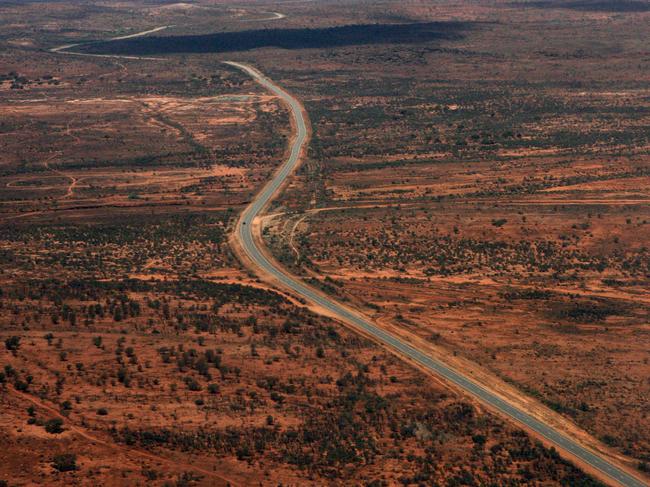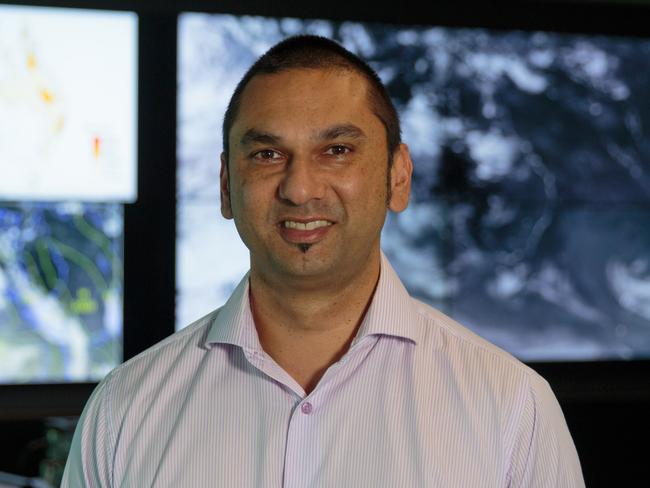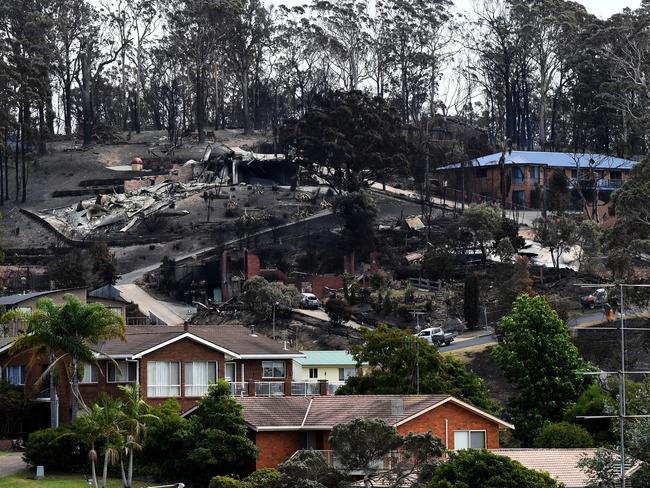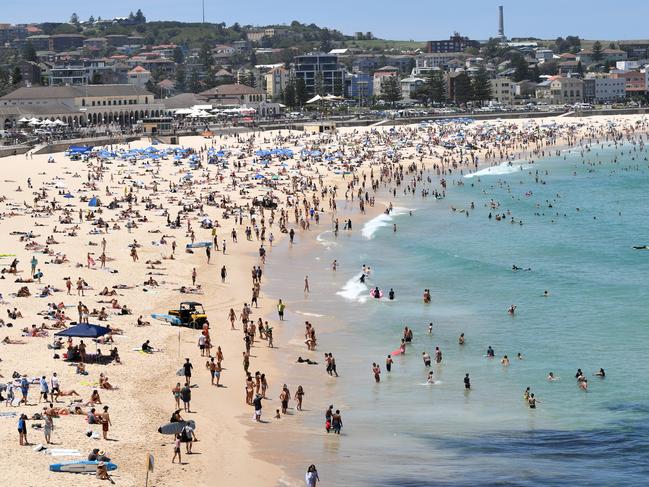Bureau of Meteorology 2018 climate statement: Australia battled hot, dry conditions
The Bureau of Meteorology has revealed how Australia’s weather performed last year, and you weren’t imagining things - it was a scorcher.
Climate Change
Don't miss out on the headlines from Climate Change. Followed categories will be added to My News.
Last year was Australia’s third-warmest year on record, with every state and territory recording above average temperatures in 2018.
The nation’s average temperature last year was 1.14C above the average for 1961-1990, according to the Bureau of Meteorology’s annual climate statement, making 2018 slightly warmer than 2017.

“When we look across all of Australia in 2018, we can see that every single state and territory had above average day and night-time temperatures,” the Bureau’s senior climatologist Lynette Bettio said in a statement on Thursday.
Nine of the 10 warmest years on record in Australia have occurred since 2005.
Dr Bettio said the only part of the country to buck the trend for above average temperatures was WA’s Kimberley Region, which had cooler than average nights for the year.
The Bureau of Meteorology also said rainfall totals in Australia in 2018 were the lowest since 2005.
The total was 11 per cent below the 1961-1990 average, but many areas experienced significantly lower average rainfalls, the Bureau found.
Head of climate monitoring at the Bureau, Dr Karl Braganza, told the ABC lack of rain across 2017 and 2018 resulted in the “severe drought” that gripped the nation during the second half of last year.
“This drought sits alongside historic droughts, like the Federation Drought, the World War II drought and the drought period in the 1960s,” Dr Braganza told the ABC.
He added in September 2018, Australia notched its lowest rainfall on record nationally, while Dr Bettio said large areas of southeast Australia had rainfall totals in the lowest 10 per cent on record.

Dr Braganza said it was fortunate an El Nino did not eventuate in Spring, which would have ushered in drier conditions for the country.
Eastern Victoria’s out-of-season bushfire in August, 2018, and another in Tathra on the NSW south coast, were cause for concern, he told the ABC.
“That lengthening fire season, which we’ve seen trends for over the last 30 years or so, was certainly evident in 2018,” he said.
He said hot temperatures without an El Nino event across the past two years were significant.
“Typically Australia is warm across the financial year, when you have an El Nino going and that’s certainly what we see throughout history,” Dr Braganza said.
“But 2017 and 2018 saw us reach those really high temperatures consistently across eastern Australia without that additional push from El Nino; (it) highlights the importance of the background warming trend in Australia.”

NSW had its sixth-driest year on record while the Murray-Darling Basin had its seventh driest.
However, some parts of northern Australia and southeast Western Australia received above average rainfall totals.
Dr Braganza explained to the ABC that the Indian Ocean and Indian Ocean Dipole had great effect on the nation’s weather.
“Australia gets a large influence from both the Indian Ocean, the Pacific Ocean, and then from things like climate change at the global scale,” Dr Braganza said.
“Spring was a really good example; we had conditions in the Indian Ocean that weren’t favourable to rainfall and that’s exactly what we saw across Australia.”

The Bureau’s statement follows a run of exceptionally high temperatures around the nation late last month, along with a prolonged heatwave in Queensland in late November and early December.
And those hoping for some relief this year might be disappointed - with Dr Braganza adding it will likely remain dry until March.
“Looking at what our drivers are in the Indian and Pacific Oceans, we’re not seeing conditions that are going to favour wetter or cooler conditions,” he told the ABC.
“So we will see an extension of the warmth and the dry — and the fire season obviously has a little while to go, particularly in southern parts of the continent and inland NSW.”
Globally, 2018 was the fourth-warmest year on record, according to the European Union’s Copernicus Climate Change Service assessment, released on Tuesday. The last four years have seen the highest average temperatures globally since records began in the 19th century.
Originally published as Bureau of Meteorology 2018 climate statement: Australia battled hot, dry conditions


